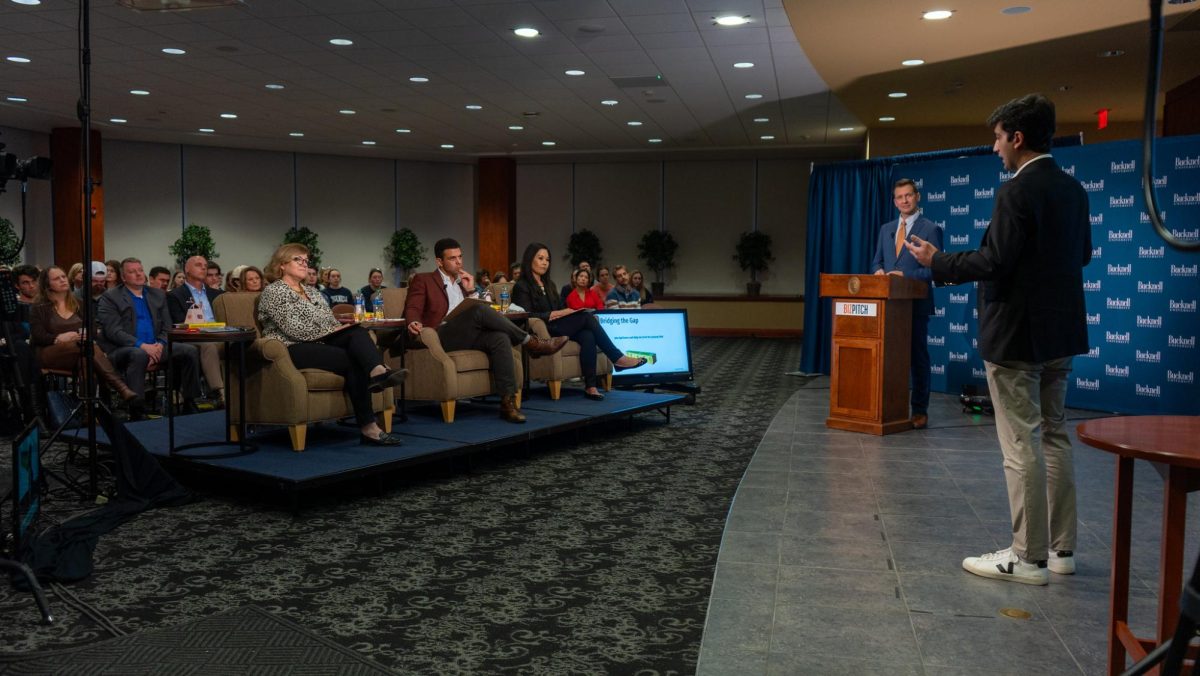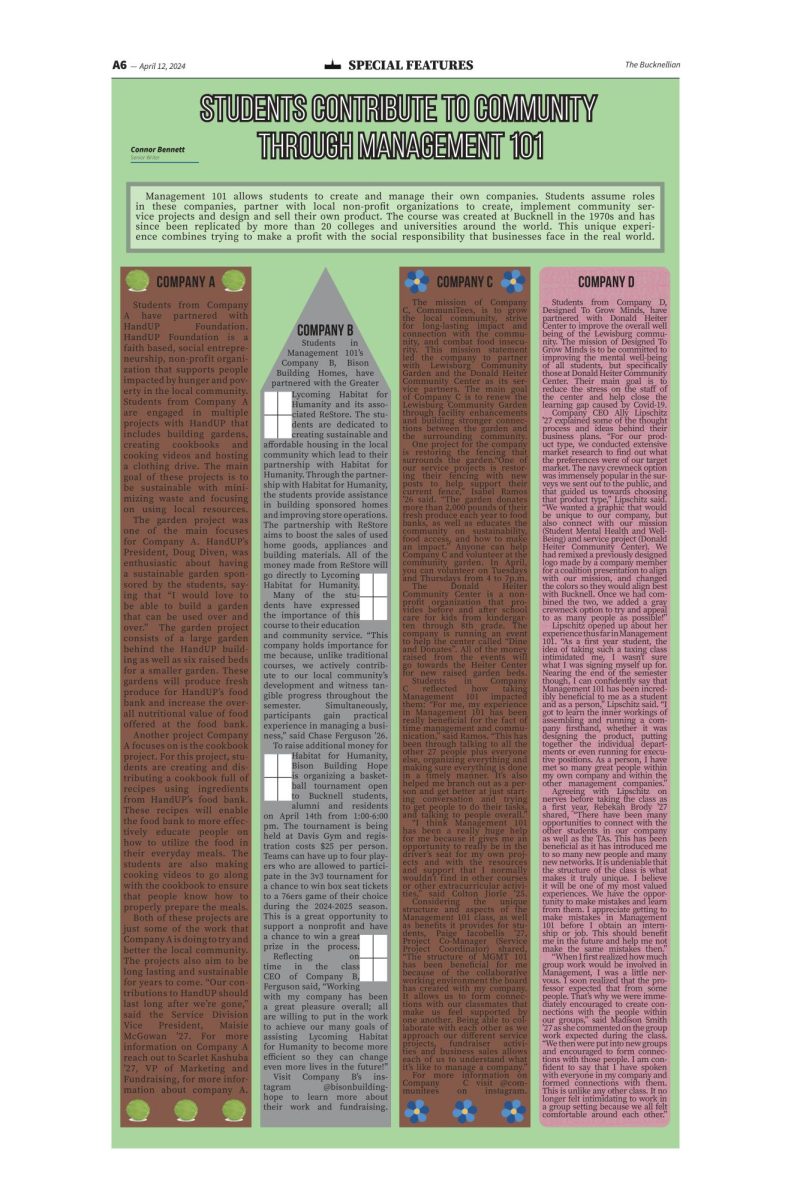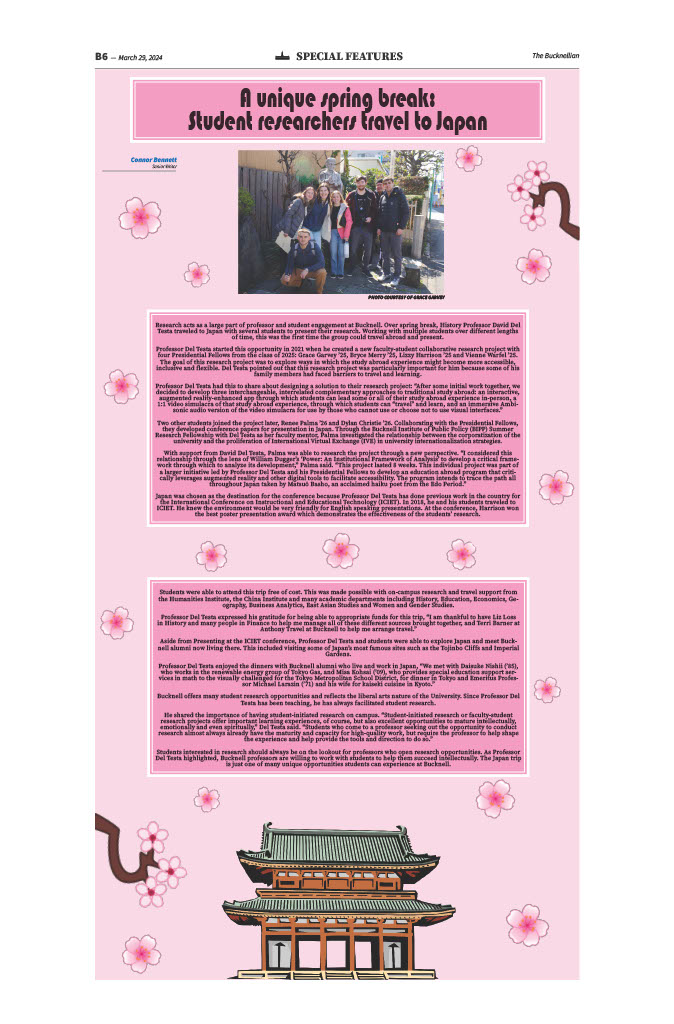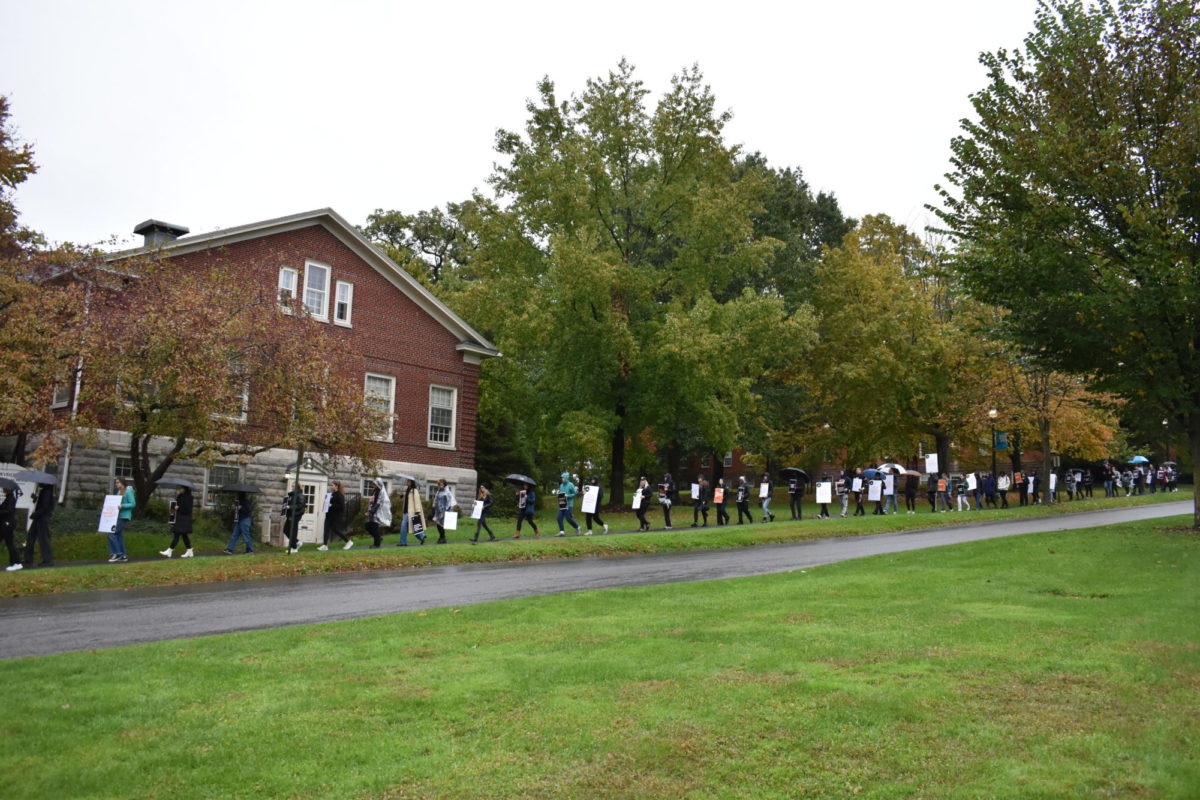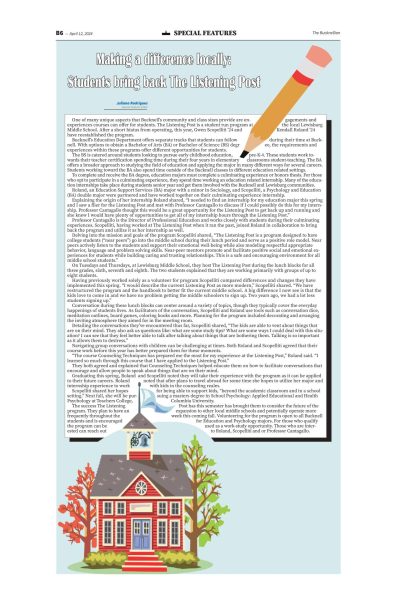Wasted Potential
March 19, 2015
“But Academic West is LEED certified!” Yes, the building reached absolute minimum requirements to qualify for LEED Silver certification. We reached and barely grasped the lowest bar, so now we can tell prospective students on tours that the University is sustainable. What about the rest of the new buildings, roads, and airport-sized parking lots? Well, we only need one fancy certification to put on the brochure, but we need to do better. Sustainable infrastructure needs to be integrated into the campus in order to maintain our status as a leading educational institution and to reduce the ever increasing costs to students.
The University is consistently lauded as one of the top liberal arts, management, and engineering schools in the nation. It is a unique thing to have a group of people with such a highly talented skill set. The professors are incredibly gifted, and many are leaders in their field. The staff and facilities run this school like a well-oiled machine, to the point that the only logistical thing we have to complain about is lack of breakfast hours in the Bison. With the variety of students we have at this institution, it is no wonder the University receives national praise.
However, we are nowhere near perfect. The student body lacks diversity, relations with the town are imperfect, and no one seems to know where to begin fixing the “drinking culture.” But what bothers me the most—what we have the greatest ability to improve rapidly—is the insufficient level of sustainable infrastructure on our campus.
There have been a few initiatives in the recent past to reduce the University’s environmental impact: filtered water stations around campus, motion sensors on vending machines, etc. However, large scale physical infrastructure changes have been extremely lax in regards to rain water management and flood control, which we all know is a concern.
Specifically, on the new parts of campus, there has been minimal effort in storm water management. I am calling on the campus planners, administration, and the incredible number of talented, intelligent, and dedicated people on this campus to support installation of an incredibly easy, low cost, and visually pleasing way to mitigate runoff: rain gardens.
It sounds nice, doesn’t it? A rain garden sounds like something pretty and relaxing to be around—ultimately because it is. A rain garden, more technically called a bio-retention system, looks like a landscaped area of trees, bushes, and flowers similar to what we already have around campus.
Contrary to popular belief, green infrastructure does not have to visually contrast with the traditional red brick campus architecture and landscaping. Underneath the vegetation are specific layers of gravel and soil that are able to absorb water and polluting nutrients as the rain percolates through the ground as it naturally would before any alteration to the landscape.
Not only does it look so much better than a shopping-mall-esque drainage pool, the cost is equal to or less than a traditional storm water management system. Implementing rain gardens, with the larger goal being to implement green infrastructure, is one more step in improving not just the University’s image of sustainability, but actual sustainable management and investment in the future.
